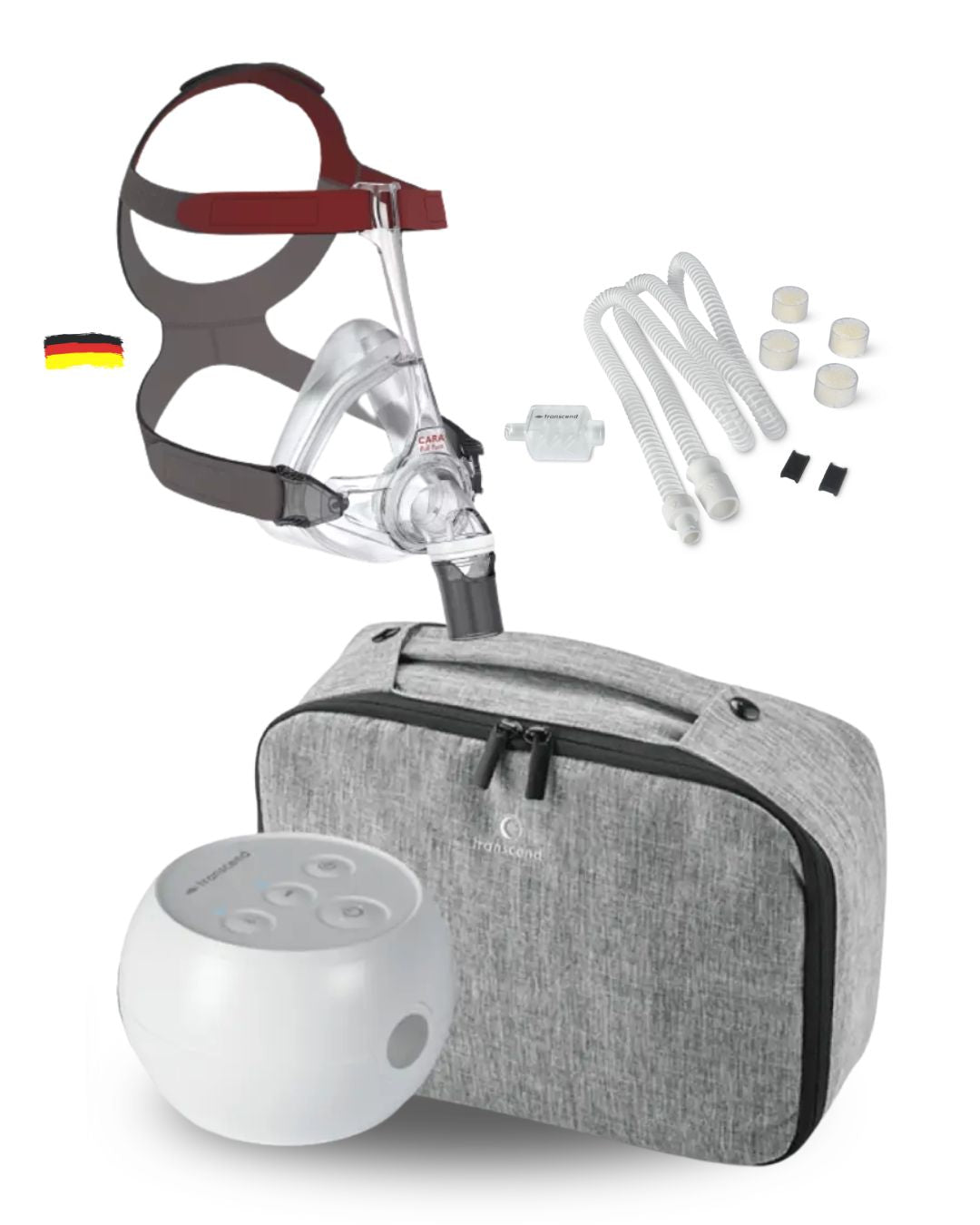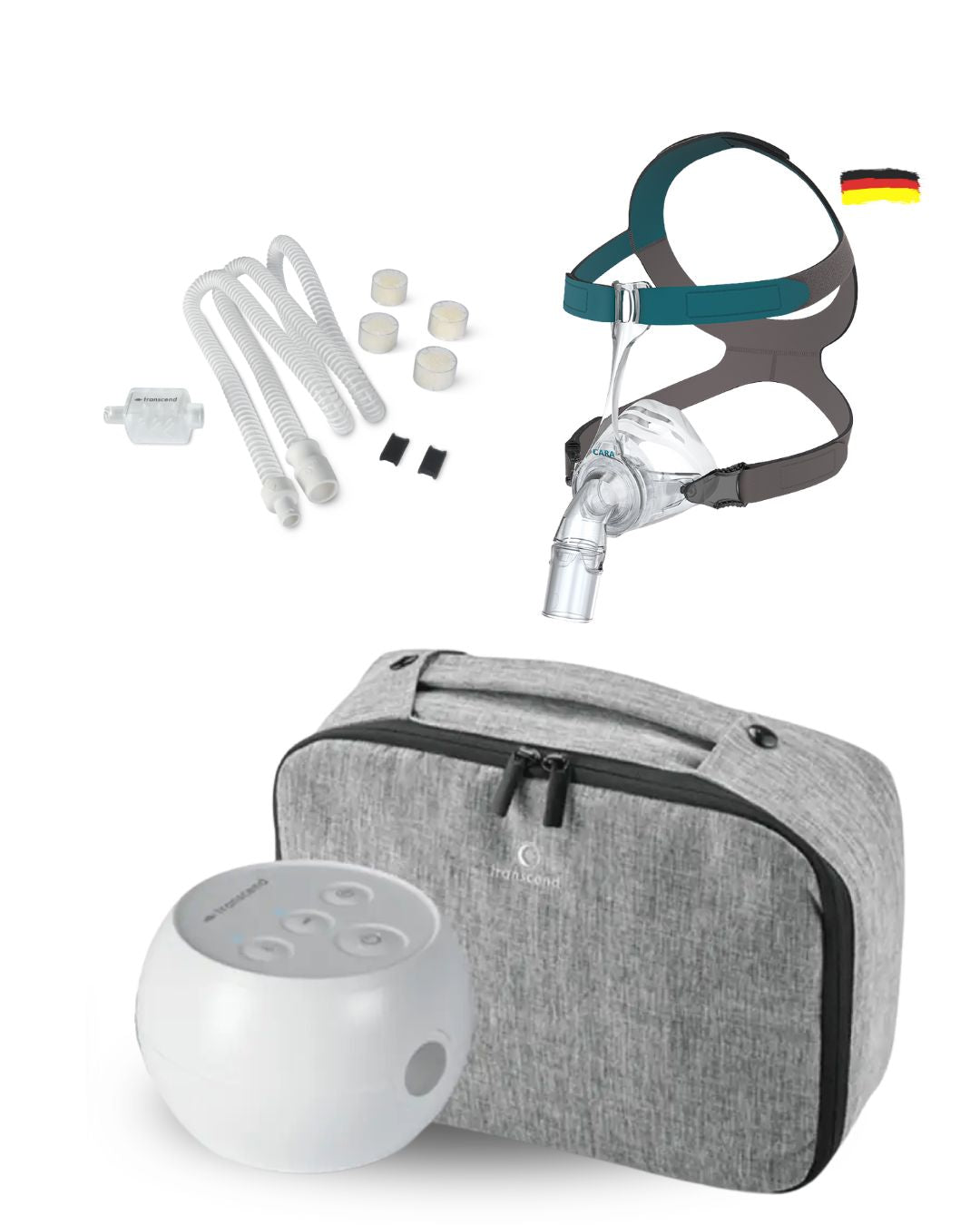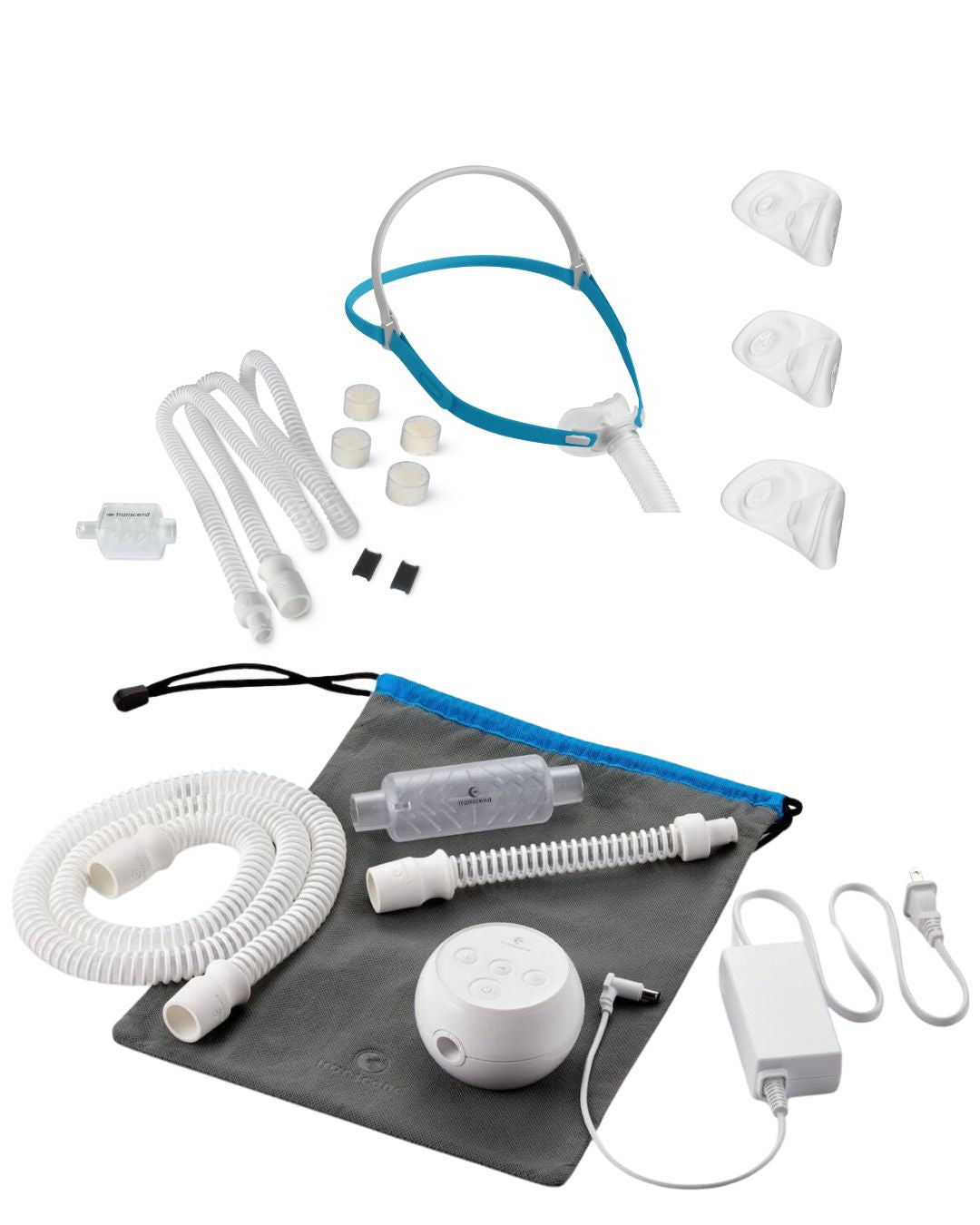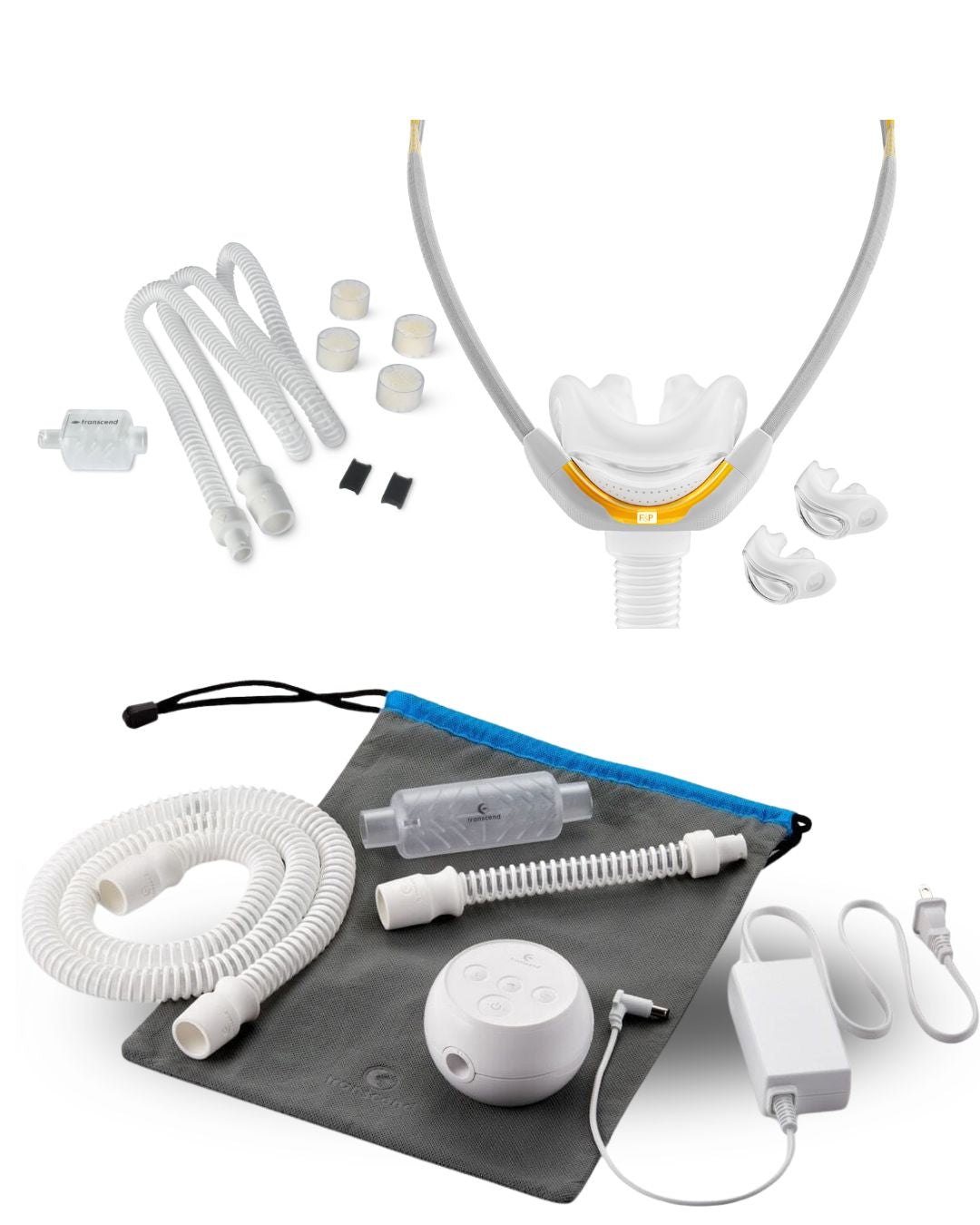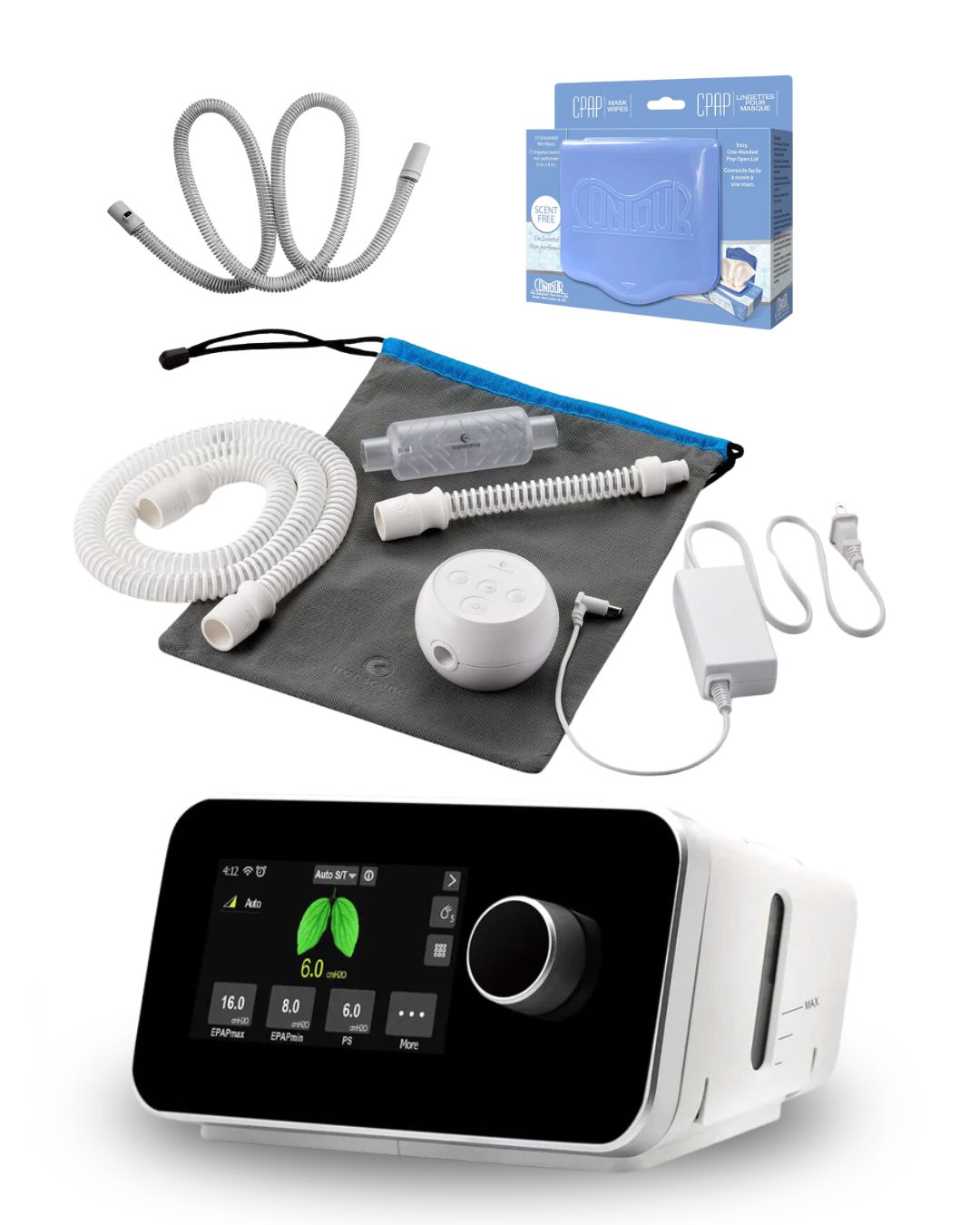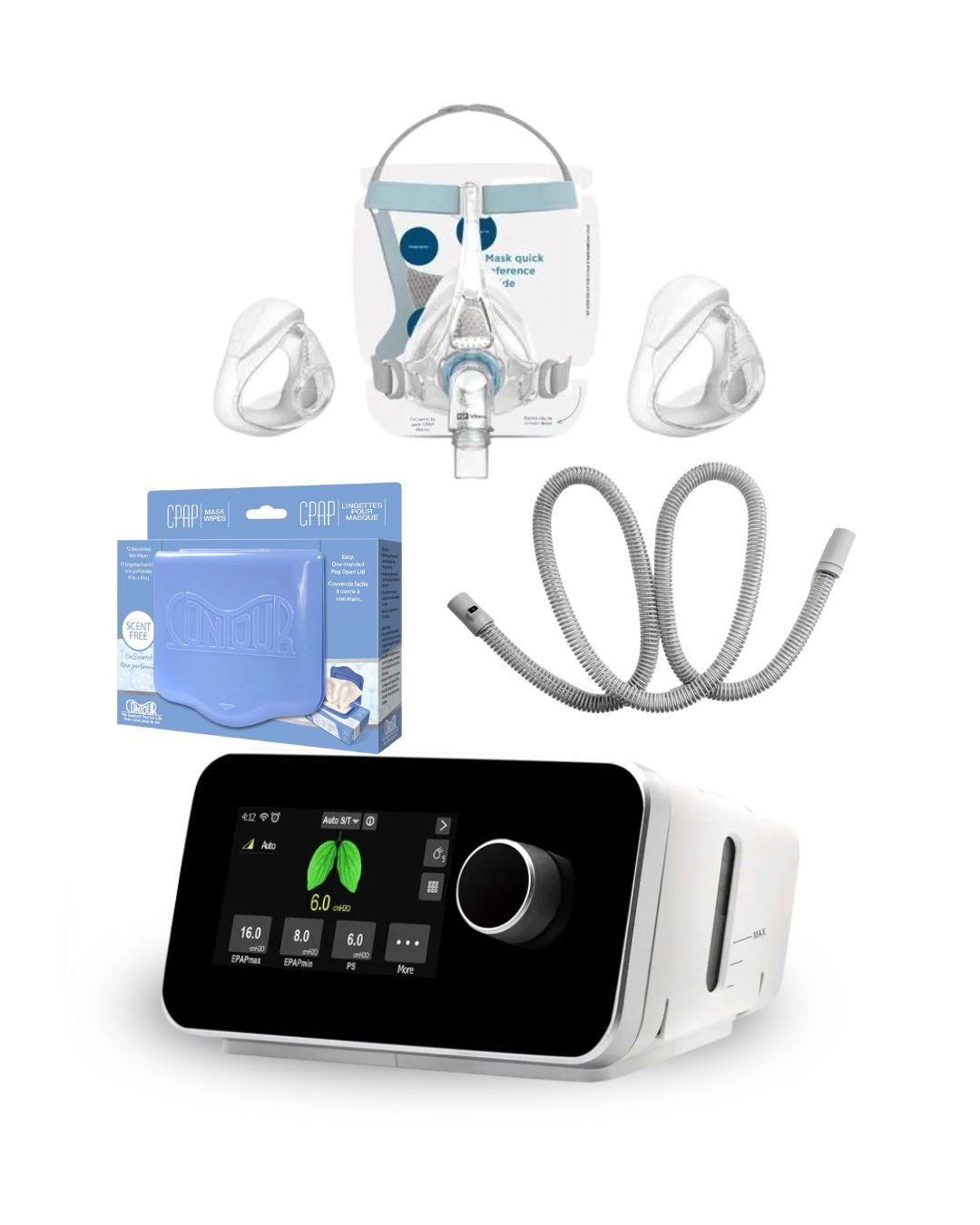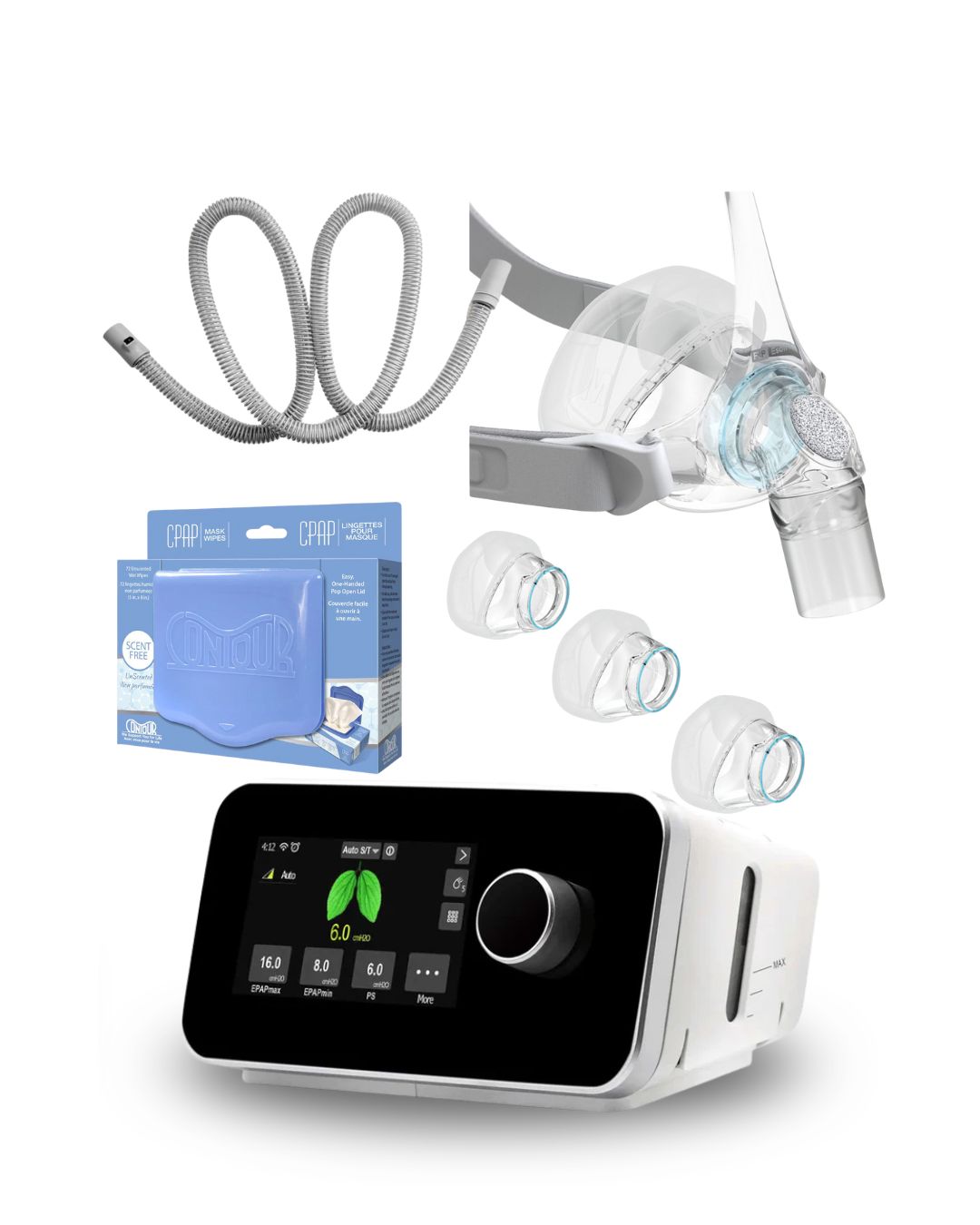Top 5 Signs Your CPAP Mask Doesn’t Fit (And How to Fix It)
Finding the right CPAP mask is just as important as setting up your machine correctly. A poor fit can lead to air leaks, discomfort, and even reduced effectiveness of your therapy. At SleepEZ Home Health, we know that many patients assume the wrong things about mask sizing and style—often ending up with frustration, wasted money, or therapy that doesn’t work as well as it should.
That’s why we provide professional mask fittings and use our CPAP and BiPAP monitors to assess how well each mask works for you. This way, you can try different options without having to purchase a new mask every time—making it easier (and more affordable) to find the one that truly fits.
Here are the top 5 signs your CPAP mask doesn’t fit—along with the truth behind some of the biggest misconceptions about mask sizing.






